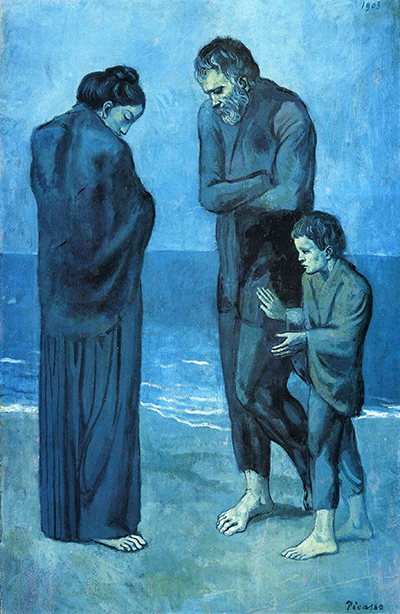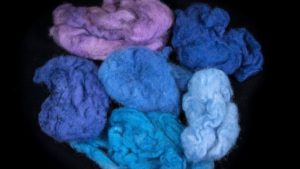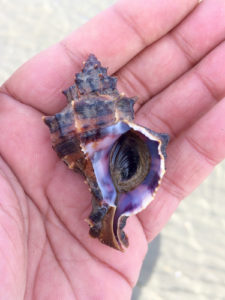Real Life Fantasy: Prussian Blue & Murex Purple
In our last installment of RLF, we talked about the history of the color blue, which hopefully was enjoyed by my fellow art history enthusiasts out there.
If you were not one of those fine folks… You may not find this one intriguing either. It’s more about the color blue, along with how artists have procured and created it.
The first link is from Fast Company, specifically focusing on Prussian Blue (HERE). It is considered the first synthetic color, in that it wasn’t extracted from minerals or plants (or animals, as we’ll discuss in a bit). Prussian Blue was discovered in 1704 by German chemist Heinrich Diesbach; it’s cochineal + iron sulfate + cyanide = C18Fe7N18. (The Wiki page on Prussian Blue is a fun little rabbit hole for chemists out there.) As the article points out, this new shade of cerulean meant that the ultra-expensive ultramarine was no longer necessary for painting with blue. Which basically means without Diesbach, Picasso would probably have been some schlub painting everything Rose.

“Wait,” you may be thinking, “What does this have to do with chromaturgy, or the Seven Satrapies?”
The second link is from the LA Times, about Murex Purple (HERE).
“Wait!” you say. “I recognize that phrase… Isn’t it the color
Show SpoilersLiv wears to signify herself as a superviolet drafter once she joins the Color Prince? *shakes fist at our favorite misunderstood traitor* And then becomes her signature color once she becomes Ferrilux?”

Yes. Yes it is.
Murex purple, or tekhelet in Hebrew, is created–long story short–by extracting the blood from thousands of Murex trunculus snails, then exposing it to full-spectrum sunlight. Without the sunlight, the purplish “ink” turns fabric yellow. We know that this is because the blood contains hemocyanin, a respiratory protein that delivers oxygen to organs in many species of mollusk, including Murex trunculus.

Astute readers will notice the similarity of the word “hemocyanin” to “hemoglobin”… and will recognize that “cyan” in the middle is also the name of a shade of blue.
“WAIT!” you shout to your screen. “What is hemocyanin again?”
Ah ha! Patience, grasshopper. We are building the foundation for that.
Next time.
